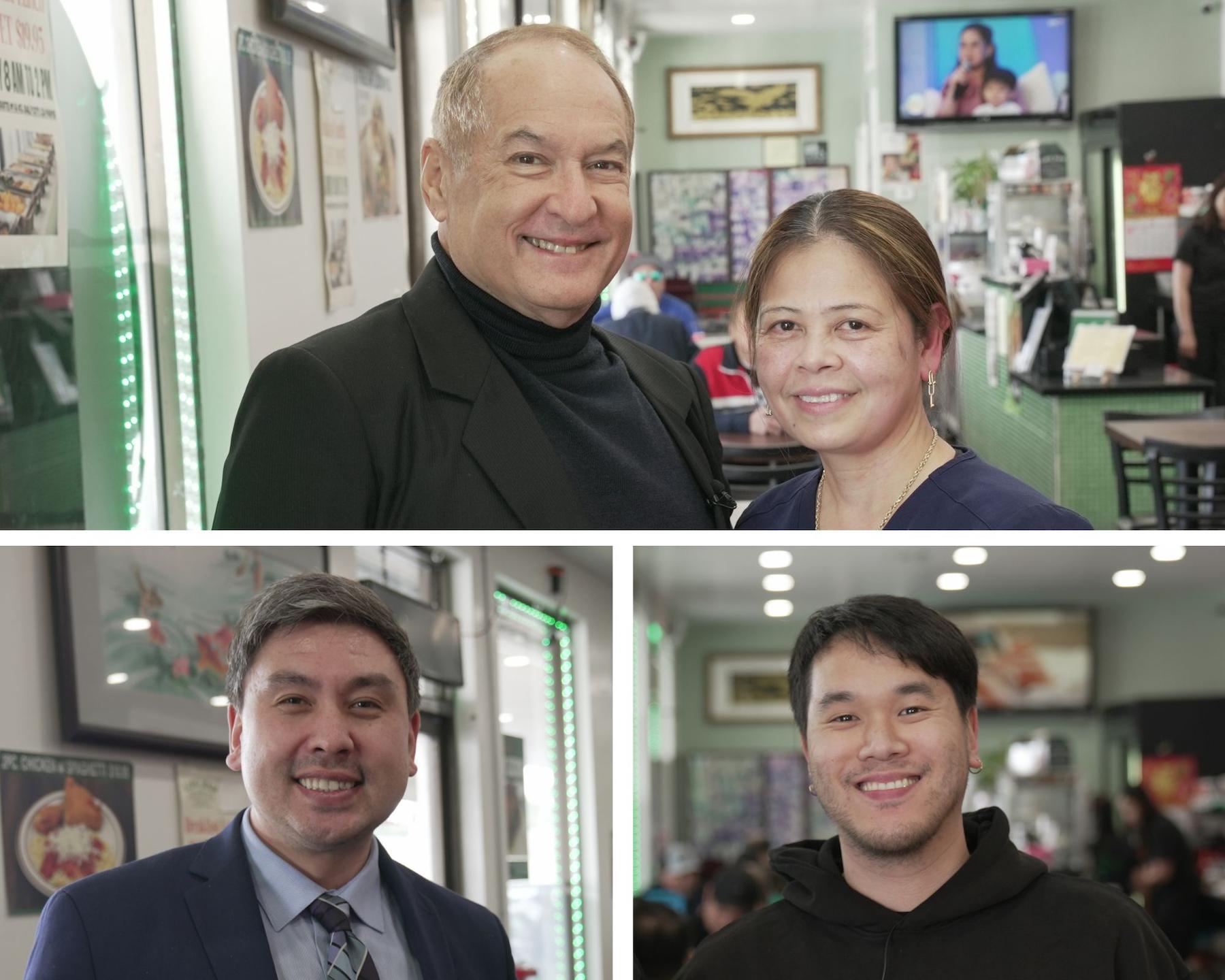SEVERAL options exist for a US citizen to bring his/her foreign-national fiancé(e) to the United States. One popular option is to marry the fiancé(e) in the country in which he/she resides, and file an I-130 immigrant petition, with the fiancé(e) to undergo consular processing for an immigrant visa when the I-130 petition is approved. However, this option often is not advisable in that the US-citizen petitioner would have to learn and comply with complicated, country-specific marriage license requirements, or legal barriers to marriage may exist to the US-citizen petitioner in the foreign country (as in the case of the Philippines, which in some circumstances will not recognize a foreign divorce judgment). In such cases, the best way to get your fiancé(e) to the US is via a K-1 Fiance(e) visa.
The K-1 Fiancé(e) visa allows a fiancé(e) to enter the US for 90 days to allow marriage to take place. By having the marriage take place in the US, couples are able to bypass the foreign country’s license requirements and/or other impediments to marriage imposed by a foreign law.
To be eligible for the K-1 Fiancé(e) visa petition, the following are required: 1) the petitioner must be a US Citizen, 2) the petitioner must have an intent to marry the fiancé(e) within 90 days of his/her arrival in the US, 3) the petitioner and fiancé(e) must have the ability to marry (i.e. any previous marriages were terminated by divorce or death), and 4) the petitioner and fiancé(e) must have physically met each other within 2 years of filing the K-1 Fiancé(e) visa petition (certain exceptions apply to this fourth requirement). Minor unmarried children of the fiancé(e) may also come to the US under a K-2 visa classification.
Upon arrival in the US, the fiancé(e) can immediately apply for authorization to work in the US. He/she does not have to wait until marriage to apply for work authorization. The work authorization issued to the fiancé(e) is valid for 90 days after entry. This provides the fiancé(e) the ability to immediately seek lawful employment.
Once married, the spouse of the US citizen can file an I-485 application for adjustment of status (from K-1 to permanent resident), and remain in the US while the application is pending. At the same time the I-485 application is filed, the fiancé(e) may apply for an extended work authorization. Upon approval of the I-485 application, the fiancé(e) is granted a conditional green card that is valid for 2 years, after which he/she can apply to remove the conditions on the green card.
The K-1 Fiance(e) status automatically expires after 90 days. If marriage with the US Citizen who petitioned the fiancé(e) does not occur within that time, the fiancé(e) begins to accrue unlawful presence. Also, the fiancé(e) will be precluded from adjusting to permanent resident status in the US if he/she marries another US citizen (however, he/she may be able to become a permanent resident through consular processing with a provisional waiver). If you are a US Citizen who is planning to marry your foreign national fiancé(e), or you are someone who arrived under a K-1 Fiance(e) visa whose marriage did not take place, it is recommended you consult with an experienced attorney.
* * *
Darrick V. Tan, Esq. is admitted to practice law in California and Nevada. Mr. Tan is a graduate of UCLA and Southwestern University School of Law. He is a member of the Consumers Attorney Association of Los Angeles and is a former member of the Board of Governors of the Philipp ine American Bar Association.
* * *
LAW OFFICES OF DARRICK V. TAN, 3580 Wilshire Boulevard, Suite 900, Los Angeles, CA 90010. Tel: (323) 639-0277. Email: info@dtanlaw.com.





